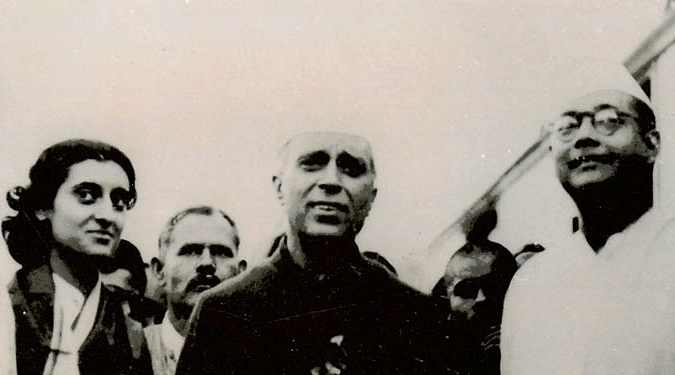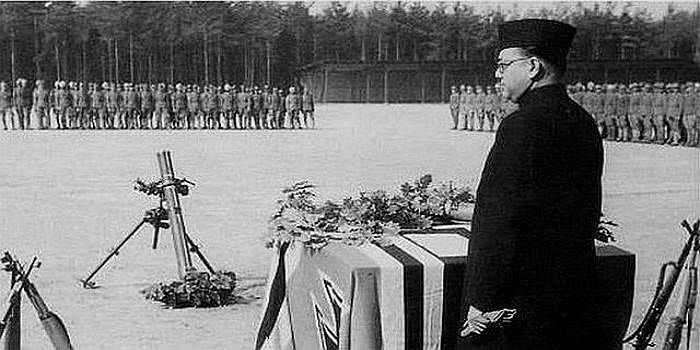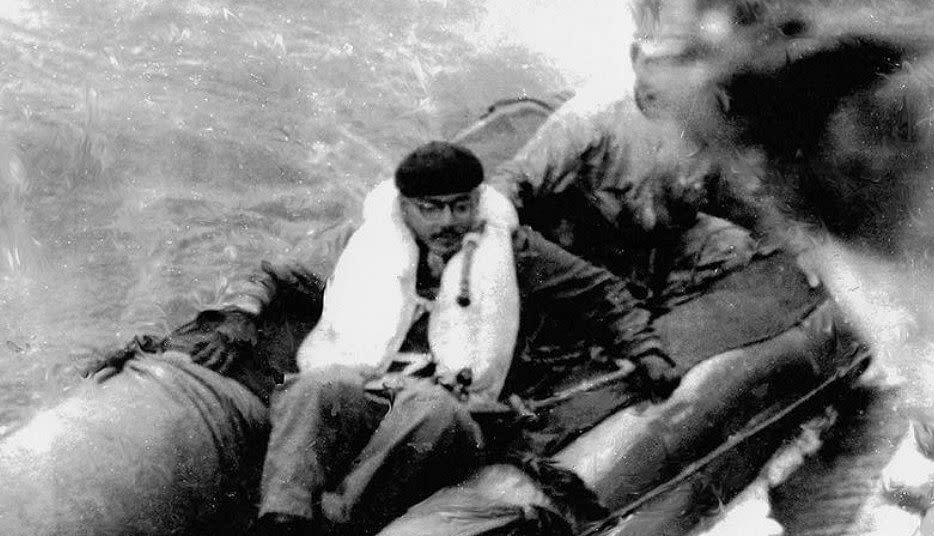Parakram: Netaji’s Final Years Show Why He Personified Valour

(On Netaji Subhas Chandra Bose’s 125th birth anniversary, The Quint is publishing a series of exclusive essays dealing with various aspects of his life and legacy. This is the third essay in a three-part series. Click for first and second essays.)
To know how Bose was a personification of ‘parakram’, let’s quickly retrace the epic last phase of his life.
He was only 43 years old — and already twice president of the Indian National Congress — when he decided to leave India, join hands with the enemies of British imperialism, build an Indian army in foreign lands, and make a victorious entry to liberate the motherland in collaboration with the domestic movement led by Mahatma Gandhi.

Yes, despite some differences, Bose had enormous respect for the Mahatma, who in turn had great love and admiration for his “rebellious son”. Gandhi praised Bose as the “Prince among the Patriots”; and Bose was the first to call Gandhi as the “Father of the Nation”. There is a lot of misconception and negative propaganda about the Gandhiji-Netaji relationship, which I shall address in a subsequent article.
Also Read: India, & World, Must Recognise Netaji Bose Was No Less than Che
Netaji’s Dramatic Escape from India to Reach Berlin
The Second World War had broken out in 1939, and the Axis Powers — Germany, Italy and Japan — had trained their guns at Britain and other Allies Powers. Bose saw an opportunity in this for India’s freedom struggle. He believed that “Action within the country must synchronise with action from without.”
He escaped from house arrest in Kolkata on the night of January 16, 1941, when his nephew Sisir Kumar Bose drove him in a car to Gomoh railway station in Bihar. From there, Netaji went, incognito, to Delhi, Peshawar, Kabul, Samarkand and Moscow, before reaching Berlin.

There in the German capital, he set up the Free India Centre and a Free India Radio. Unbelievably, his daily 4-hour-long broadcasts were transmitted in English and seven other languages — Hindustani (a mixture of Hindi and Urdu), Bengali, Tamil, Telugu, Gujarati, Persian and Pushtu. His radio broadcasts electrified the people back in India, who were enraged by the colonial government’s suppression of the ‘Quit India’ Movement.
Hitler Helped in Netaji Bose’s Extraordinary Submarine Adventure
But Bose wanted to be closer to India so that his army could defeat the British. By then Japan had begun advancing towards India, conquering British colonies along the way. Singapore had fallen in February 1942.
Therefore, with Hitler’s help, Bose boarded the German submarine U-180 on 8 February 1943 and set out on a daring voyage all the way to Southeast Asia. When he was told that he could take only one person to accompany him, he chose his trusted comrade — Abid Hasan.

The submarine went around the African continent and entered the Indian Ocean. By this time, the Japanese had sent their own submarine I-29 to take him on the next leg of voyage. Off the coast of Madagascar, Bose and Hasan climbed down from the German submarine, took a ride on a raft in the rough sea waters, and hopped aboard the Japanese submarine.

As Sugata Bose writes in his book, “An astonishing military feat had been accomplished: the only submarine-to-submarine transfer of passengers in the annals of World War II, in waters where the enemy was superior in air and naval power”. The journey had become riskier because Churchill’s government had ordered the assassination of Bose in 1941.
The I-29 docked in the harbour at Sabang (Indonesia) on 6 May 1943, three months after Bose had left Germany. Throughout this incredible journey, he hid his identity under three different names — Ziauddin (Afghan), Mazotta (Italian) and Matsuda (Japanese).
Also Read: Graphic Novel: The Last Time India Saw Netaji Subhash Chandra Bose
The Battle Cry of Azad Hind Fauj — “Dilli Chalo!”
What followed was even more audacious. With Japanese support, Bose expanded his Azad Hind Fauj (Indian National Army). The first division of INA was organised into three regiments, which Bose himself named after Mahatma Gandhi, Jawaharlal Nehru and Maulana Abul Kalam Azad. On 21 October 1943, he set up a Provisional Government of a Free India in Singapore “to lead the Indian Revolution to a successful conclusion”. Its battle cry: “Chalo Dilli” (Onward to Delhi).
In January 1944, he moved the headquarters of the provisional government from Singapore to Rangoon.
Two months later, INA crossed the Indo-Burma frontier and headed toward northeastern India. Reaching Calcutta, and Delhi thereafter, was now a realisable goal.
But the onward march was halted when Britain’s Indian Army, supported by American air power, succeeded in pushing back the INA and the Japanese forces in Imphal and Kohima. Bose had to beat a perilous retreat. Yet, undaunted, he carried on his mission, declaring that “the roads to Delhi are many”. His journey took him to Rangoon, Tokyo, Singapore, Bangkok, Saigon, Taipei…and then, alas, to the tragic end.
On 18 August 1945, the Japanese military plane that was to take him to Tokyo crashed soon after its takeoff from Taipei.
If Abid Hasan was his sole companion on the submarine voyage from Europe to Asia, his co-passenger on the final fatal flight was Habibur Rahman. Before he passed away, he told Habib in Hindustani that he had fought for India’s freedom till his last breath. Habib should go and tell his countrymen to continue to fight for India’s freedom and that India would be free, and before long.
Prophetic last words. Two years later, the Union Jack came down, and the Tricolour triumphantly went up at the Red Fort in Delhi.
(The writer, who served as an aide to India’s former Prime Minister Atal Bihari Vajpayee, is founder of the ‘Forum for a New South Asia – Powered by India-Pakistan-China Cooperation’. He tweets @SudheenKulkarni and welcomes comment at sudheenkulkarni@gmail.com. This is an opinion piece and the views expressed are the author’s own. The Quint neither endorses nor is responsible for them.)
. Read more on Opinion by The Quint.Parakram: Netaji’s Final Years Show Why He Personified Valour Ahead of PM’s WB Visit, Mamata Leads Mega Rally on Netaji Diwas . Read more on Opinion by The Quint.

 Yahoo Finance
Yahoo Finance 